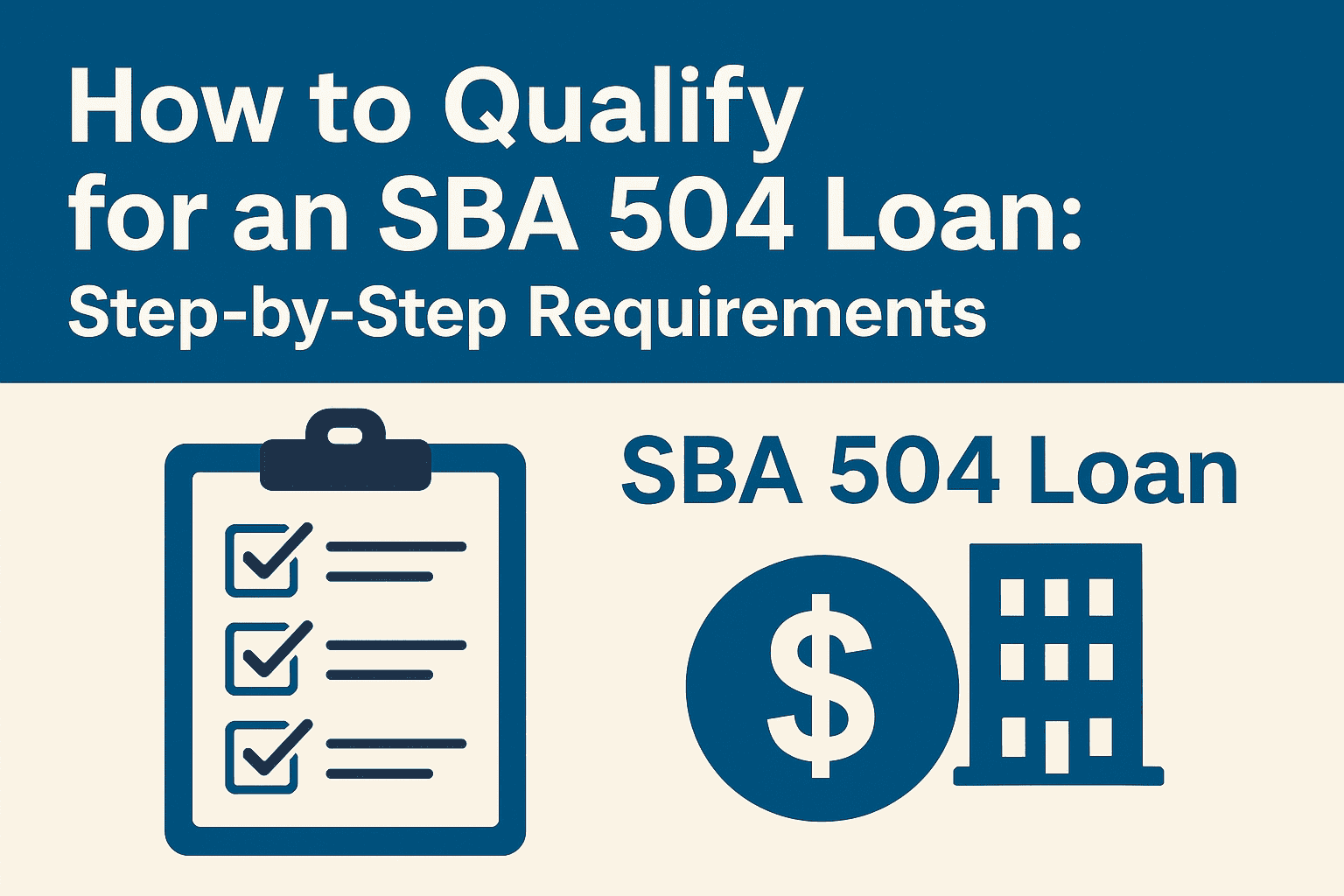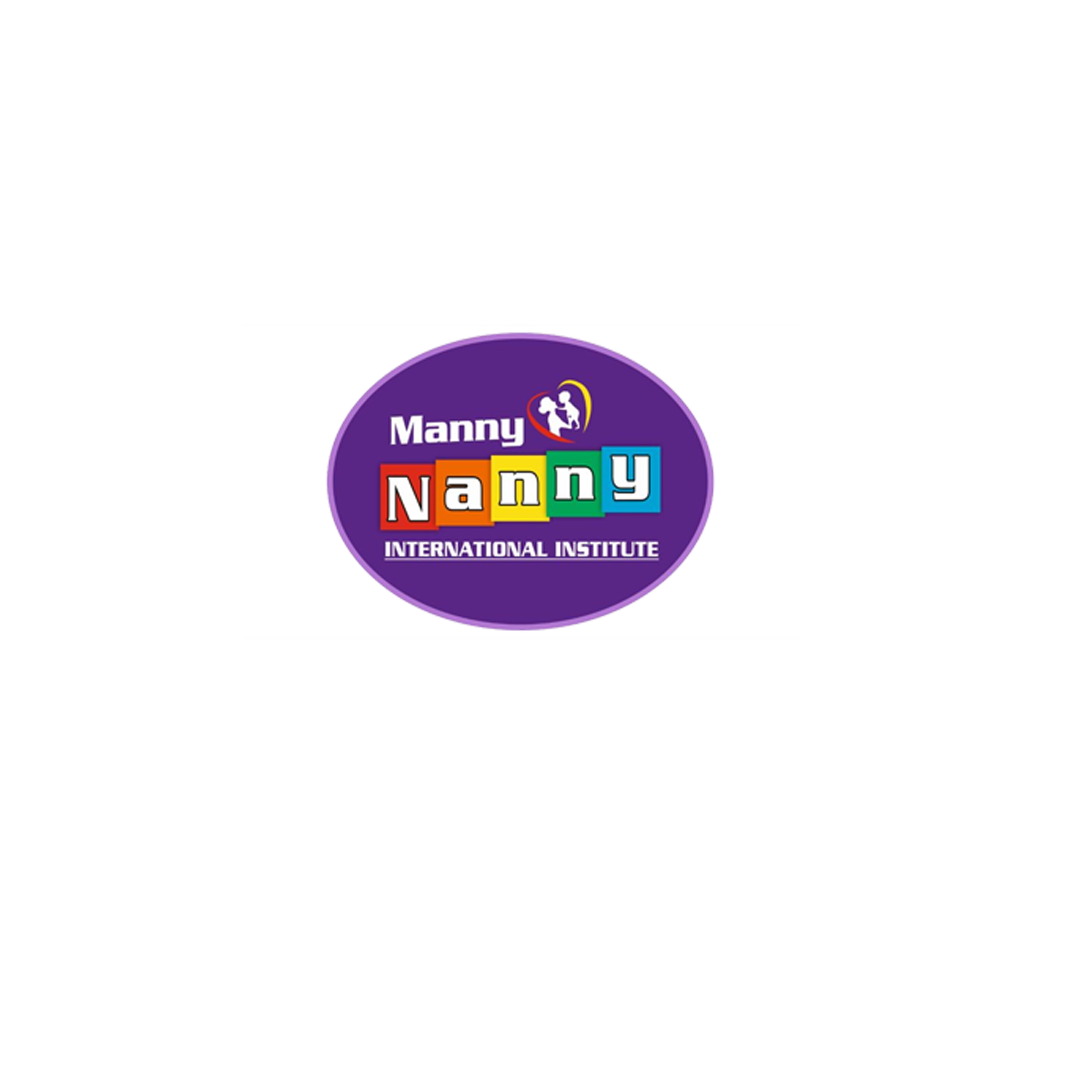
How to Qualify for an SBA 504 Loan: Step-by-Step Requirements
Introduction: Seizing the SBA 504 Loan Advantage
For ambitious business owners, the SBA 504 Loan is more than just a financing option—it’s a launchpad for growth. Designed to help small businesses acquire fixed assets such as commercial real estate or equipment, this loan program offers long-term, fixed-rate financing that can be pivotal in scaling operations. Knowing the step-by-step requirements is the key to unlocking this opportunity.
What Is an SBA 504 Loan and Who Is It For
An SBA 504 Loan is a specialized financing tool backed by the U.S. Small Business Administration. It’s structured to reduce risk for lenders while offering borrowers favorable repayment terms. Typically, businesses looking to purchase or renovate property, expand facilities, or buy heavy equipment can benefit. If you’re considering alternative SBA options, you might also explore the SBA 7(a) loan for working capital or business acquisition purposes.
Key Benefits of the SBA 504 Loan Program
The advantages of a 504 Loan are compelling. Long-term, fixed-rate financing ensures predictable monthly payments, mitigating cash flow uncertainty. Borrowers often enjoy lower down payments compared to conventional loans. Additionally, the loan’s structure encourages sustainable growth without overleveraging the business. It’s a strategic instrument for owners who want to invest confidently in their future.
Understanding Eligibility Criteria
Business Size and Industry
To qualify, businesses must meet the SBA’s definition of a small business within their industry. This includes revenue thresholds and employee limits. Certain industries, like real estate investment or passive holdings, may not be eligible, so careful review of SBA guidelines is essential.
Personal Credit Score and Financial Health
Owners must demonstrate strong personal creditworthiness. Lenders often look for a minimum credit score, reflecting fiscal responsibility. Beyond credit, stable financial statements showing profitability and manageable debt levels are crucial indicators of loan readiness.
Owner Equity Requirements
The SBA typically requires business owners to invest a portion of their own capital. This equity demonstrates commitment and reduces lender risk. While the exact percentage may vary, preparing funds in advance can streamline the approval process.
Preparing Your Business for the Application
Crafting a Robust Business Plan
A compelling business plan is non-negotiable. It should outline your growth strategy, financial projections, and the purpose of the loan. Clear, concise, and data-driven plans make it easier for lenders and CDCs to understand your vision and approve funding.
Organizing Financial Statements and Documentation
Comprehensive financial documentation is essential. This includes balance sheets, income statements, tax returns, and any existing loan agreements. Presenting well-organized documents signals professionalism and preparedness, which can accelerate review timelines. If your business needs short-term liquidity solutions while preparing for a 504 loan, a secured business line of credit can be an effective tool.
Step-by-Step Application Process
Partnering with a Lender and a Certified Development Company (CDC)
The 504 Loan requires collaboration between the borrower, a bank, and a CDC. The bank typically provides 50% of the financing, the CDC contributes up to 40%, and the borrower provides a down payment of around 10%. Selecting experienced partners can streamline the process.
Completing and Submitting the SBA 504 Application
The application involves detailed forms, financial disclosures, and project descriptions. Accuracy and thoroughness are paramount. Missing or inconsistent information can cause delays or denials. Businesses with substantial assets may also consider commercial asset-based lending as an alternative financing strategy to support larger projects.
Navigating the SBA Review and Approval Process
Once submitted, the SBA reviews the loan for eligibility, risk, and compliance. This phase can take several weeks. Staying responsive to additional requests and maintaining transparent communication with your lender can expedite approval.
Common Pitfalls and How to Avoid Them
Mistakes like incomplete documentation, overstated projections, or misunderstanding eligibility criteria can derail the application. Avoid shortcuts, review every detail, and seek expert guidance when needed.
Post-Approval Responsibilities and Leveraging Your Loan
After approval, borrowers must adhere to reporting and compliance requirements. Timely repayment and proper use of funds are critical. Leveraging the loan strategically—for property expansion, equipment upgrades, or facility renovation—can accelerate growth and maximize ROI.
Conclusion
Qualifying for an SBA 504 Loan may seem daunting, but with careful preparation, attention to eligibility requirements, and methodical application steps, it becomes a structured pathway to growth. Businesses that approach the process with diligence and clarity can secure funding that propels them toward long-term success.






